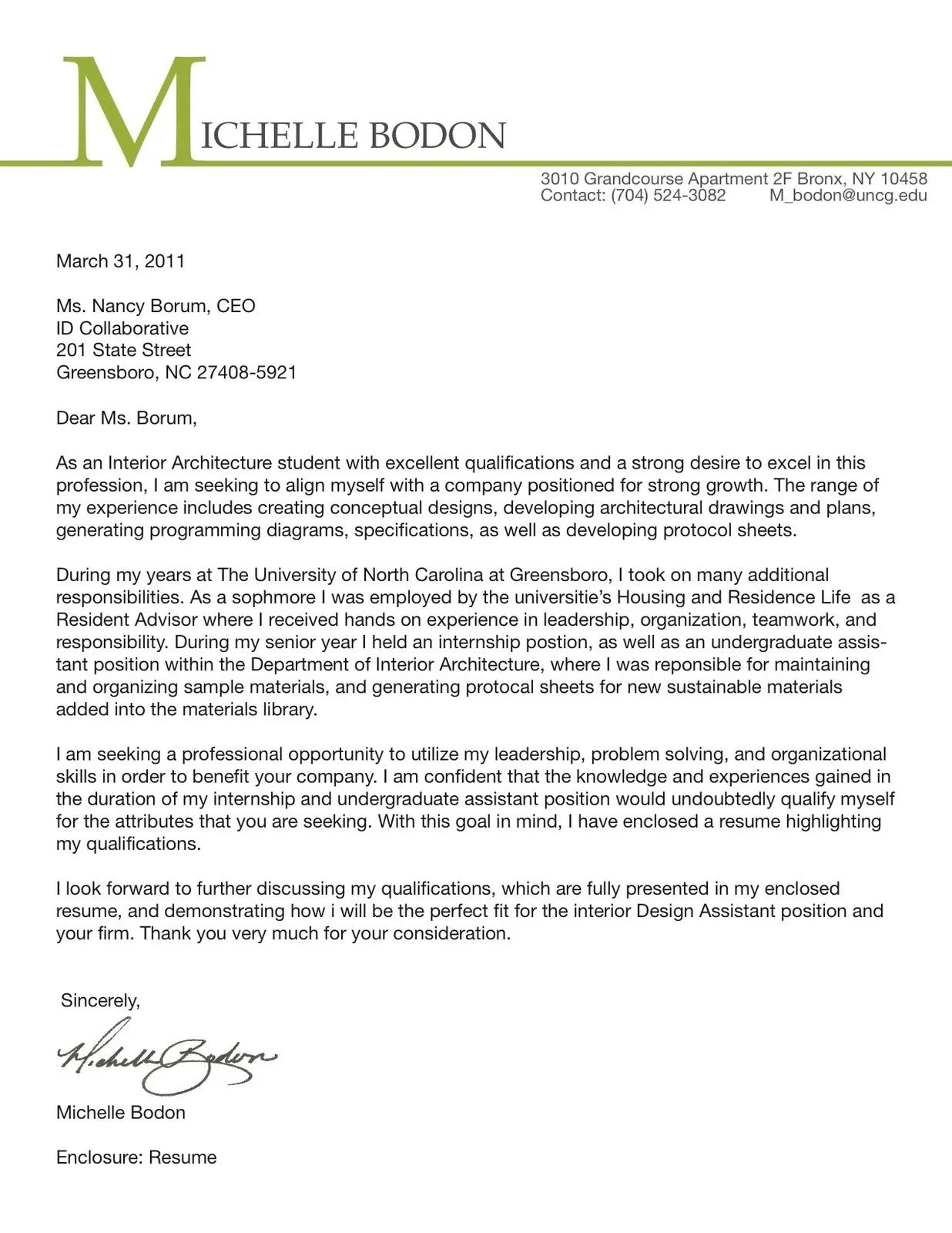Cover Letter Secrets Unveiled
In the competitive world of job hunting, a well-crafted cover letter is your secret weapon. It’s the first impression you make on a potential employer, a crucial opportunity to showcase your personality, skills, and enthusiasm. While your resume provides a summary of your experience, the cover letter allows you to tell your story, explain your motivations, and demonstrate why you’re the perfect fit for the role. This guide unveils the secrets to writing a cover letter that not only gets you noticed but also lands you an interview. By understanding the key components, common pitfalls, and various strategies, you can significantly increase your chances of getting hired.
Understanding the Importance of a Cover Letter
Why a Cover Letter Matters
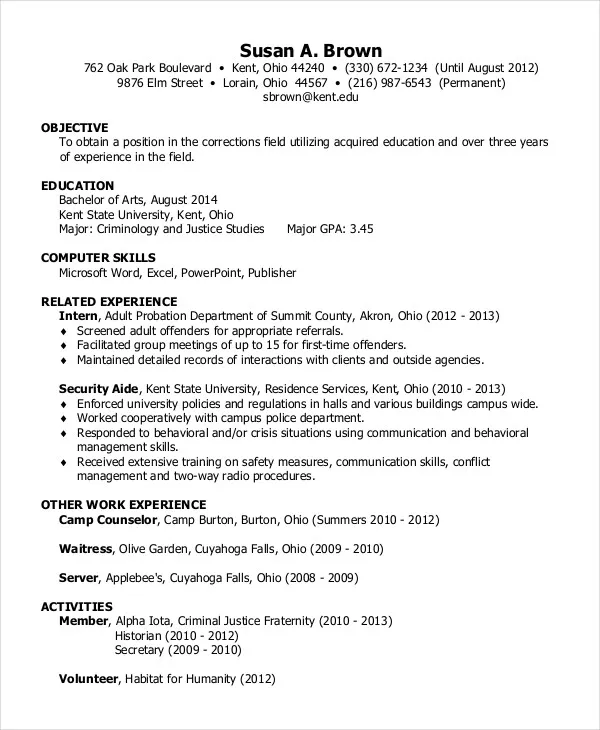
A cover letter is more than just a formality; it’s a powerful tool that can significantly impact your job search success. It offers the chance to personalize your application, demonstrate your interest in the specific role and company, and highlight the skills and experiences that make you a strong candidate. A well-written cover letter provides context to your resume, explaining gaps in employment, career transitions, or unique skills that may not be immediately apparent. It allows you to connect with the hiring manager on a personal level, showcasing your enthusiasm and making you more memorable.
Key Components of a Cover Letter
Header and Contact Information
Start with a professional header that includes your name, contact information (phone number and email), and the date. If you know the hiring manager’s name, include their title and the company’s address as well. This section ensures that the recruiter can easily contact you and it also shows your attention to detail and professionalism. Ensure that your email address is professional. Avoid using nicknames or casual addresses; instead, opt for a format that includes your full name.
Greeting and Introduction
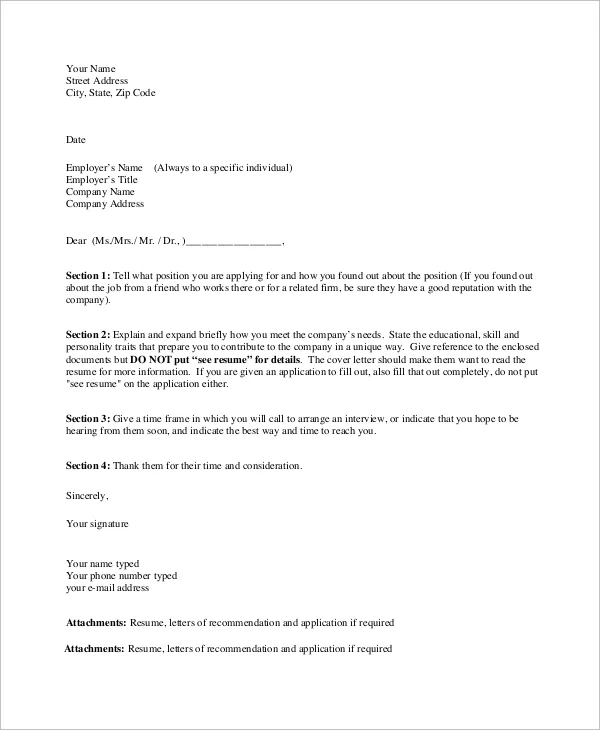
Address the hiring manager by name if possible. Researching the company or the role on LinkedIn can often reveal the recruiter’s name. If you can’t find a name, use a professional greeting such as “Dear Hiring Manager.” Your introduction should immediately grab the reader’s attention. Briefly state the position you’re applying for and how you learned about it. Then, give a concise overview of why you are a suitable candidate, highlighting your most relevant skills or experiences. Keep it focused and enthusiastic, showing your genuine interest in the role.
Body Paragraphs Highlighting Skills
The body of your cover letter is where you demonstrate your value to the employer. Use a few paragraphs to elaborate on your key skills, experiences, and accomplishments that align with the job requirements. Review the job description carefully and identify the most important qualifications. Provide specific examples of how you’ve successfully used those skills in the past, using the STAR method (Situation, Task, Action, Result) to show the impact of your work. Tailor your language and examples to match the company’s culture and the role’s specific needs.
Showcasing Achievements
Instead of just listing your responsibilities, focus on your achievements. Quantify your accomplishments whenever possible. Use numbers, percentages, or other metrics to illustrate the positive results you’ve delivered. For example, instead of saying “Managed social media,” you could write, “Increased social media engagement by 30% in six months.” Achievements show your impact and help employers understand your potential value. They also differentiate you from other candidates.
Tailoring Your Letter
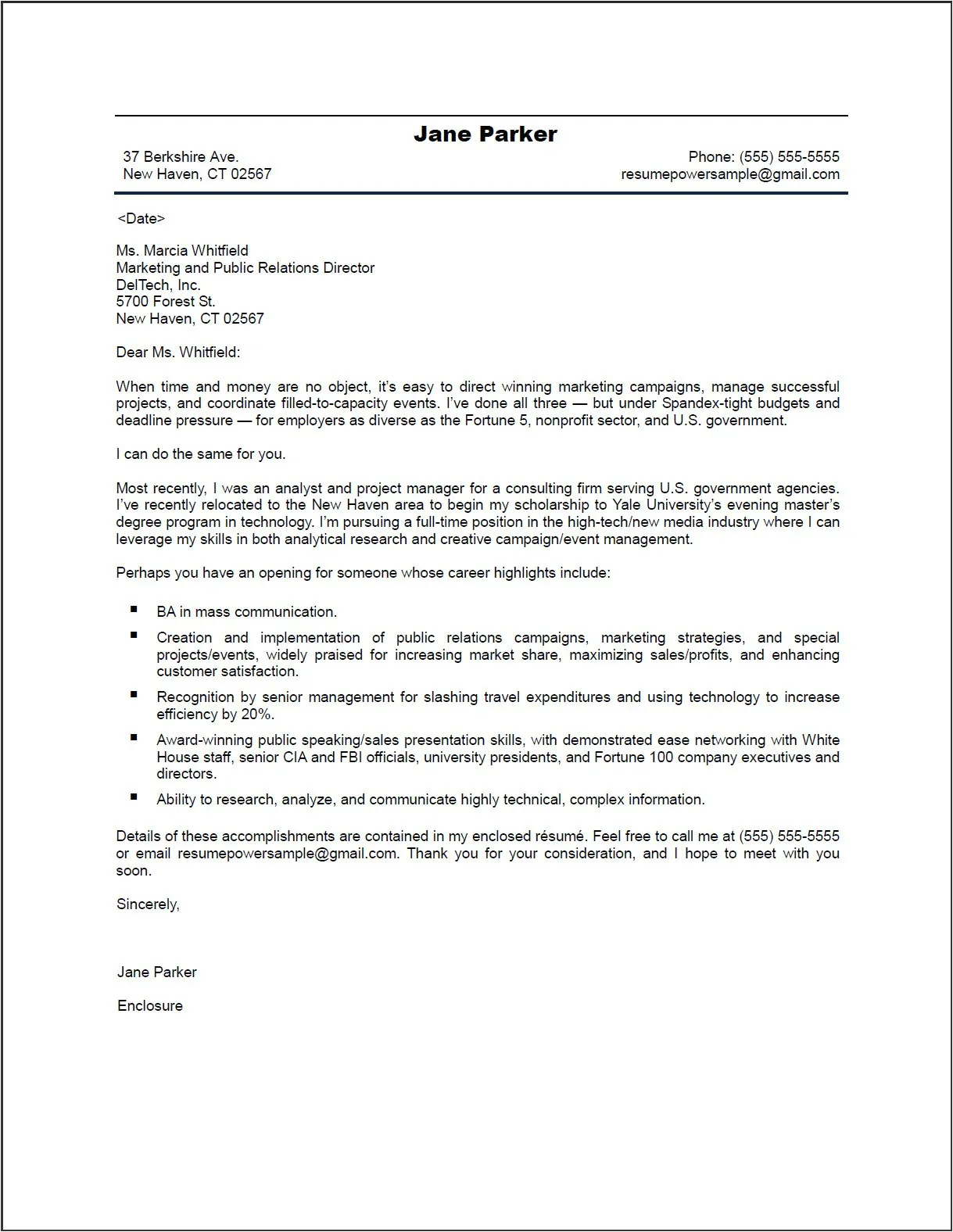
One of the most critical aspects of writing an effective cover letter is tailoring it to each job application. Avoid using a generic cover letter template. Research the company and the specific role to understand their needs and priorities. Then, customize your cover letter to address those needs directly. This might involve emphasizing certain skills or experiences that are particularly relevant to the job or adjusting your tone to match the company’s culture. Personalization shows the employer that you’ve taken the time to understand their requirements and are genuinely interested in the opportunity.
Call to Action and Closing
In your closing paragraph, reiterate your interest in the position and thank the hiring manager for their time and consideration. Include a call to action, such as expressing your availability for an interview. Make it easy for the recruiter to move forward with your application. Use a professional closing like “Sincerely” or “Best regards.” Then, sign off with your full name. Proofread the entire cover letter one last time to catch any typos or grammatical errors.
Proofreading and Formatting Tips
Proofreading and formatting are critical for a professional cover letter. Before sending it, carefully proofread your cover letter for any errors in grammar, spelling, and punctuation. Use a professional font, such as Arial or Times New Roman, and keep the font size between 10 and 12 points. Ensure that your cover letter is well-organized, with clear headings and paragraphs. Avoid using excessive jargon or overly complex language. Ensure your cover letter is easy to read and visually appealing. Consider having someone else review your cover letter as a fresh set of eyes can often catch mistakes you might have missed.
Common Cover Letter Mistakes to Avoid
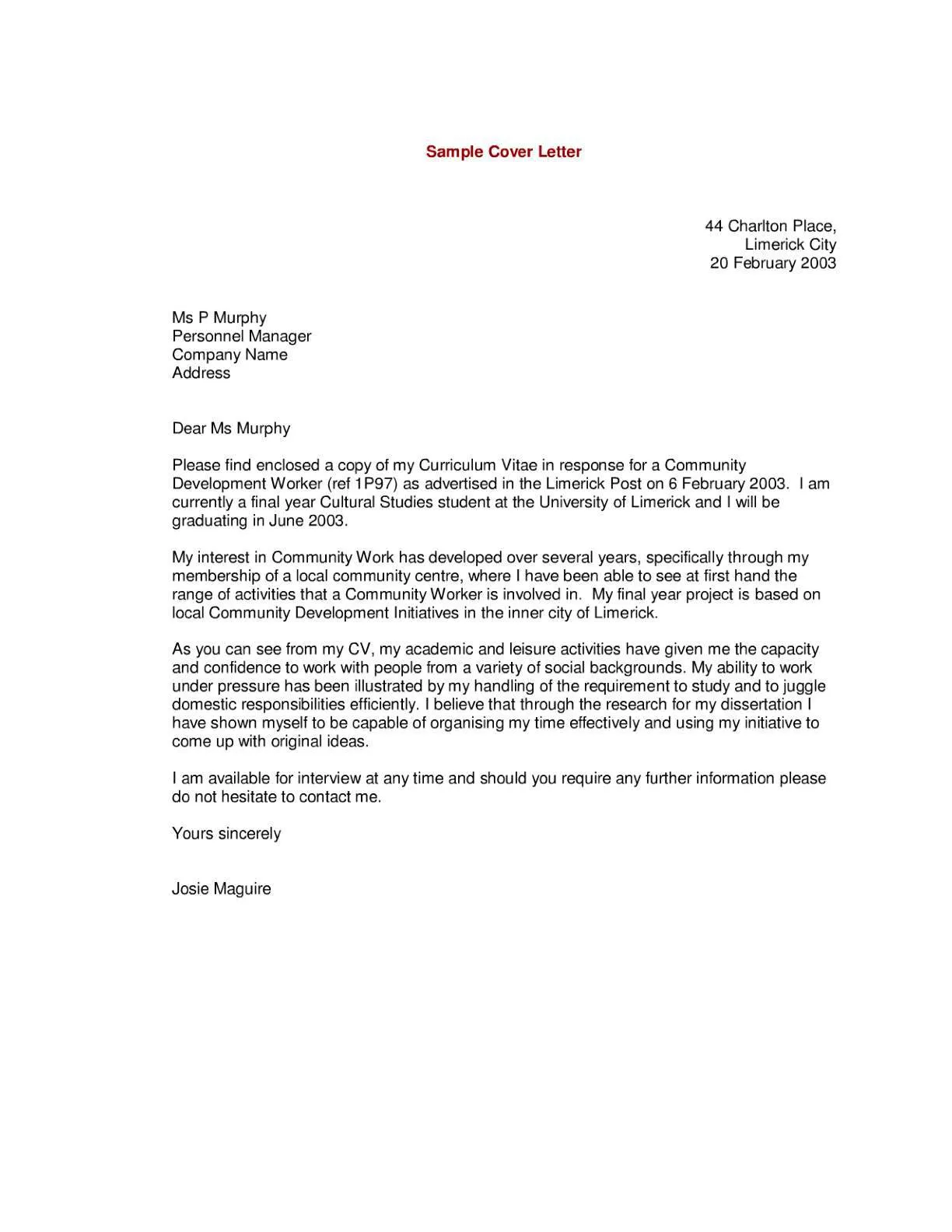
Generic vs Personalized Cover Letters
One of the most common mistakes is using a generic cover letter that isn’t tailored to the specific job. Employers can easily spot a template, and it sends the message that you haven’t put in the effort to understand their needs. Always customize your cover letter to match the job description and the company’s culture. Research the company, understand their values, and address the specific requirements of the role. A personalized cover letter demonstrates genuine interest and increases your chances of getting noticed.
Typos and Grammatical Errors
Typos and grammatical errors are a major turnoff for hiring managers. They signal a lack of attention to detail and professionalism. Always proofread your cover letter carefully. Use a spell checker and grammar checker, but don’t rely on them completely. Read your cover letter aloud to catch any awkward phrasing or mistakes. Ask a friend or family member to review your letter. Even small errors can create a negative impression, so it’s essential to be meticulous.
Overly Long Cover Letters
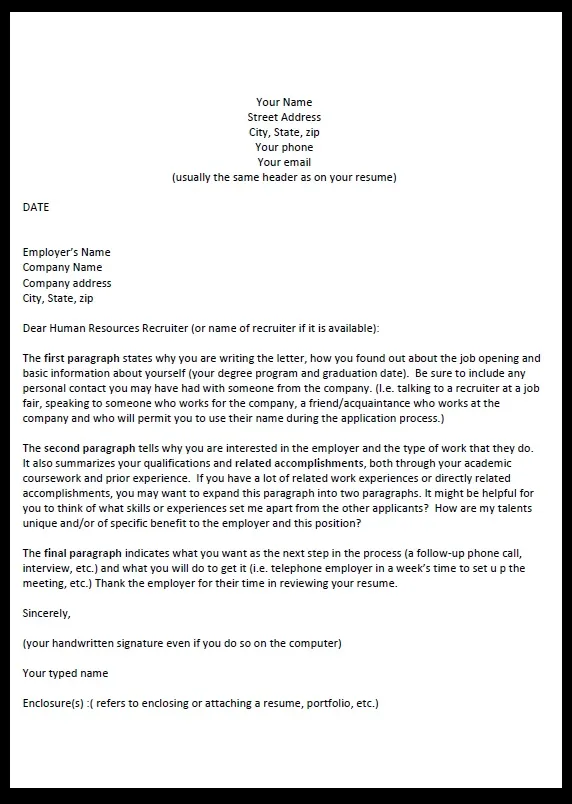
Keep your cover letter concise and to the point. Aim for a length of one page or less. Hiring managers are often short on time, so they may not read lengthy cover letters thoroughly. Focus on the most relevant information and avoid unnecessary details. Use clear and concise language. Break up long blocks of text into shorter paragraphs. Make sure every sentence contributes to your overall message. A well-written, concise cover letter is more likely to capture the reader’s attention and get you noticed.
Failing to Research the Company
Not researching the company is a missed opportunity. This shows a lack of interest and can make your application seem generic. Before writing your cover letter, take the time to learn about the company’s mission, values, and culture. Understand their products or services, and identify their recent projects or news. Use this information to tailor your cover letter. Demonstrate how your skills and experiences align with the company’s goals. Show that you are genuinely interested in the organization and the role. This will make your application stand out.
Cover Letter Examples and Templates
Example Cover Letter Structure
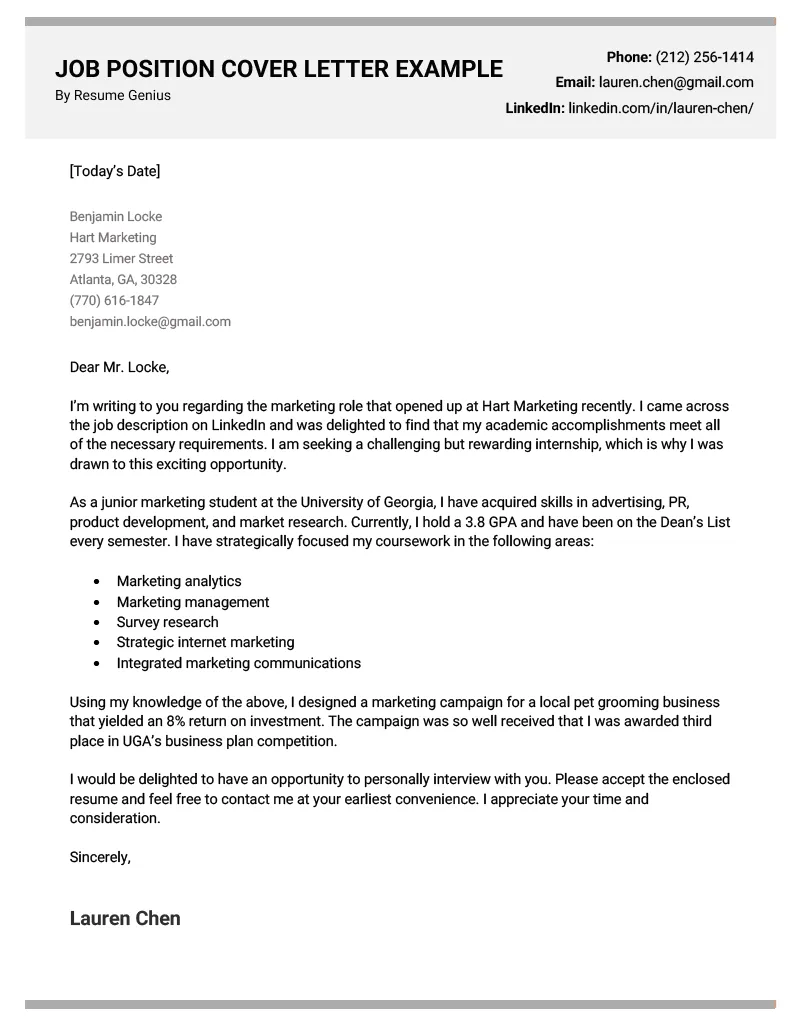
Start with your header, including your contact details and the date. Then, address the hiring manager by name. In your opening paragraph, mention the position and how you learned about it, and highlight your key qualifications. In the body paragraphs, provide specific examples of your skills and achievements. Tailor each paragraph to the job requirements. In the closing, reiterate your interest and include a call to action. Conclude with a professional closing and your name. This structure provides a clear framework for your cover letter, ensuring that all essential information is included and the letter is well-organized.
Template Resources and Customization
Use cover letter templates as a starting point, but always customize them. Many online resources offer templates for various job types and industries. However, avoid using these templates without personalization. Adapt the template to fit the specific job description, the company’s culture, and your unique qualifications. Replace generic phrases with tailored content that reflects your skills and experiences. Customization is key to making your cover letter stand out. Templates can provide a structure, but personalization shows your effort and genuine interest.
Tips for Different Job Types
Entry-Level Cover Letter Strategies
For entry-level positions, focus on highlighting your education, internships, volunteer work, and any relevant coursework. If you lack extensive work experience, emphasize your skills and potential. Demonstrate your enthusiasm for the role and the company. Explain how your skills and experiences align with the job requirements. Use examples from your academic projects or extracurricular activities to show your abilities. Focus on your eagerness to learn and contribute. Tailor your cover letter to match the company’s values and culture.
Experienced Professional Cover Letter Advice
Experienced professionals should emphasize their accomplishments and quantify their results whenever possible. Highlight your career progression and leadership skills. Focus on the impact you’ve made in previous roles and use specific examples to demonstrate your achievements. Tailor your cover letter to the job description and showcase your relevant experience. Showcase your skills, leadership abilities, and any awards or recognition. Keep the tone professional and confident. Always proofread your cover letter carefully to ensure it accurately reflects your experience.
Using Cover Letters for Career Transitions
When transitioning careers, use your cover letter to explain why you’re making the change and how your transferable skills apply to the new role. Highlight the skills and experiences that are relevant to the new industry. Focus on the transferable skills and how you can bring value to the company. Show how your past experiences have prepared you for this new path. Express your eagerness to learn and adapt. Tailor your language to the industry’s terminology. Showcase your passion for the new field and your dedication to continuous learning.
